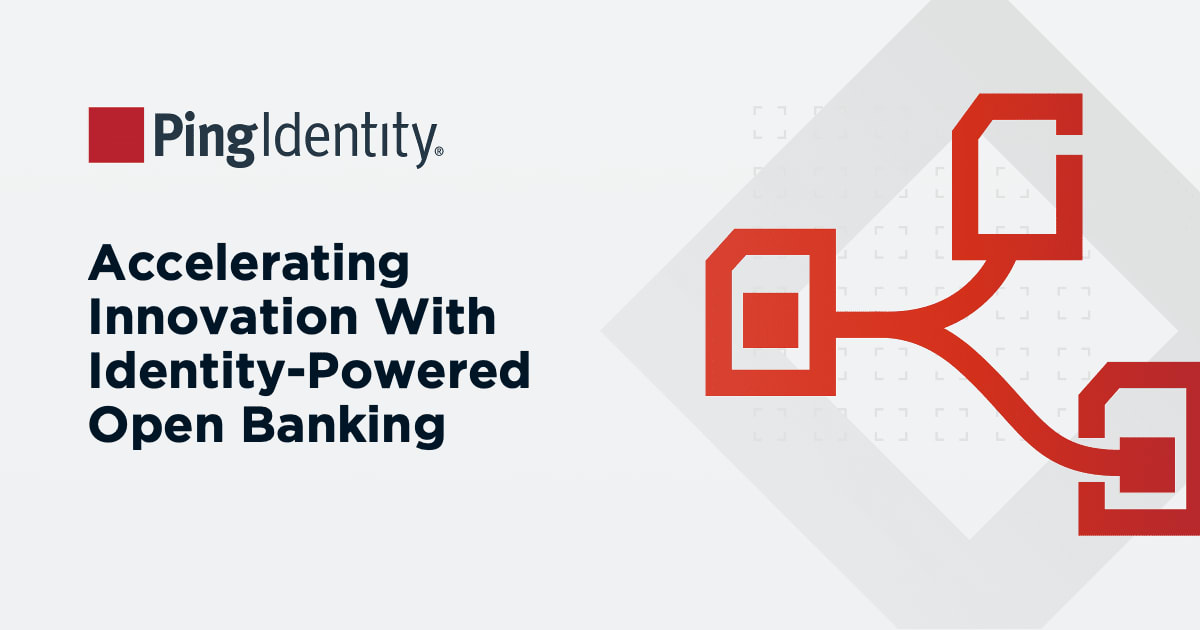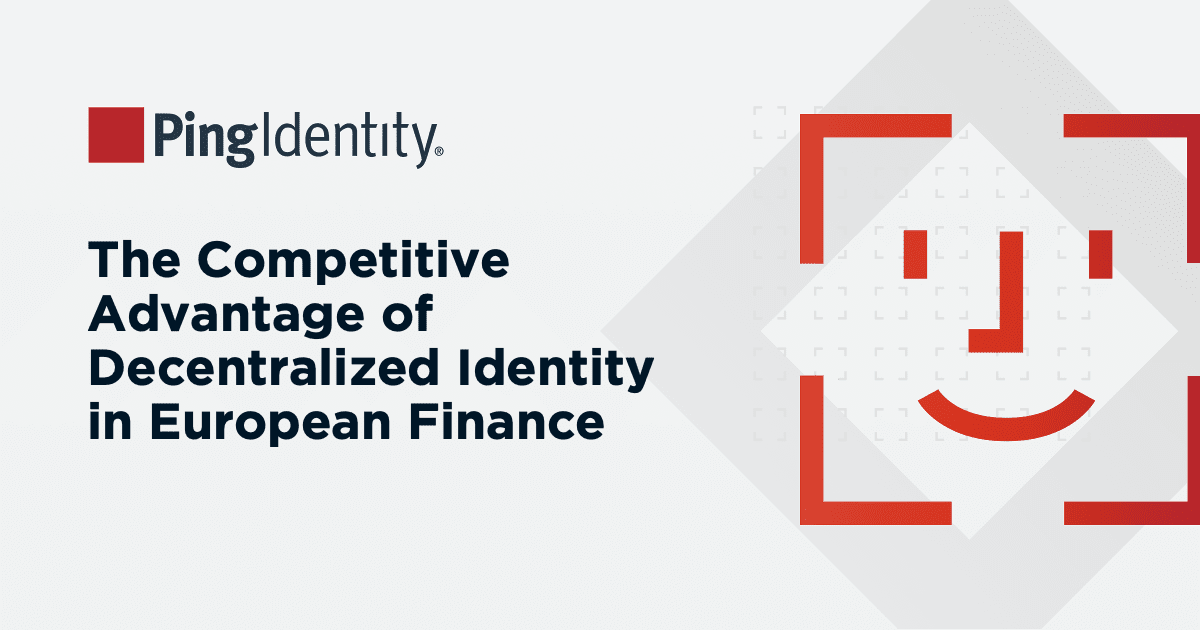Why Identity Verification in Financial Services Is Critical
Do you know who your customers are? This sounds like a trick question, but it isn’t. Although organizations are required to have Know Your Customer (KYC) and Anti-Money Laundering (AML) checks baked into their interactions with customers, the degree of certainty around a customer’s identity isn’t always as high as it should be. Identity theft is a pervasive problem, and it leads to many challenges for banks, lenders, insurance carriers, and other financial service providers. As the trusted Identity and Access Management (IAM) solution provider for 9 of the top 9 largest U.S. banks and 7 of the CMA9 in the UK, let our experts walk through the importance of identity verification.
Key Takeaways
- Identity verification in financial services is critical for fraud prevention, building brand trust, regulatory compliance, and enhancing secure customer experiences.
- Identity verification tools can enhance security measures and ensure regulatory compliance globally.
- Key identity verification methods include one-time passcodes (OTPs), ID documents, biometrics, Knowledge-Based Authentication (KBA), and geolocation.
- Decentralized identity is gaining prominence. Digital wallets that use decentralized identity systems give users more control over their personal information.
Fraud and Loss Prevention
Reported instances of fraudsters using stolen identity information to open new bank accounts under a victim's name grew by 32% in 2022 in the U.S. according to the FTC to over 110,000 cases – in each of these situations, the bank’s KYC/AML process failed. Meanwhile, in the UK, instances of credit card ID theft, where a criminal either opens a new card using a stolen identity or takes over a genuine account in good standing, were up 101% YoY midway through 2022 according to UK Finance, with a reported gross loss of £21.4m in the first half of 2022.
Building Brand Trust and Credibility
These financial crimes are costly to consumers and the financial service industry alike. For financial services providers, a failure to verify their customers’ identity in situations such as these carries a reputational cost, too – so it’s important to get it right.
Regulatory Compliance
KYC processes help financial providers meet legal obligations to prevent criminal activity like money laundering and the funding of terrorist organizations. Important KYC regulations from around the globe include:
- United States: In the US, The Financial Crimes Enforcement Network (FinCen) established the Customer Due Diligence (CDD) Rule “to improve financial transparency and prevent criminals and terrorists from misusing companies to disguise their illicit activities and launder their ill-gotten gains.”
- UK: KYC and AML regulations are enforced by the Financial Conduct Authority (FCA). An important KYC rule set forth by the FCA is the Money Laundering, Terrorist Financing and Transfer of Funds (Information on the Payer) Regulations 2017. This regulation outlines comprehensive requirements for customer due diligence.
- Australia: AUSTRAC (Australian Transaction Reports and Analysis Centre) is Australia's financial intelligence agency and regulator. It plays a crucial role in preventing, detecting, and responding to criminal abuse of the economic system. According to the AUSTRAC website, “if you are a reporting entity, you must have an Anti-Money Laundering and Counter-Terrorism Financing (AML/CTF) program specifying how you comply with AML/CTF legislation.”
As KYC practices are adopted around the globe, financial providers can improve security and regulatory compliance by implementing the appropriate identity verification tools.
Secure Customer Experience
Since KYC is predicated on thorough identity verification practices, it naturally lends itself to more secure customer experiences. Yet, due to the granular, dynamic nature of KYC practices like continuous monitoring, it also lays the groundwork for improved UX along the way. As Forbes explains, KYC “eventually helps CX agents create personalized customer experiences by gathering comprehensive data and thereby being able to troubleshoot individual issues.”


